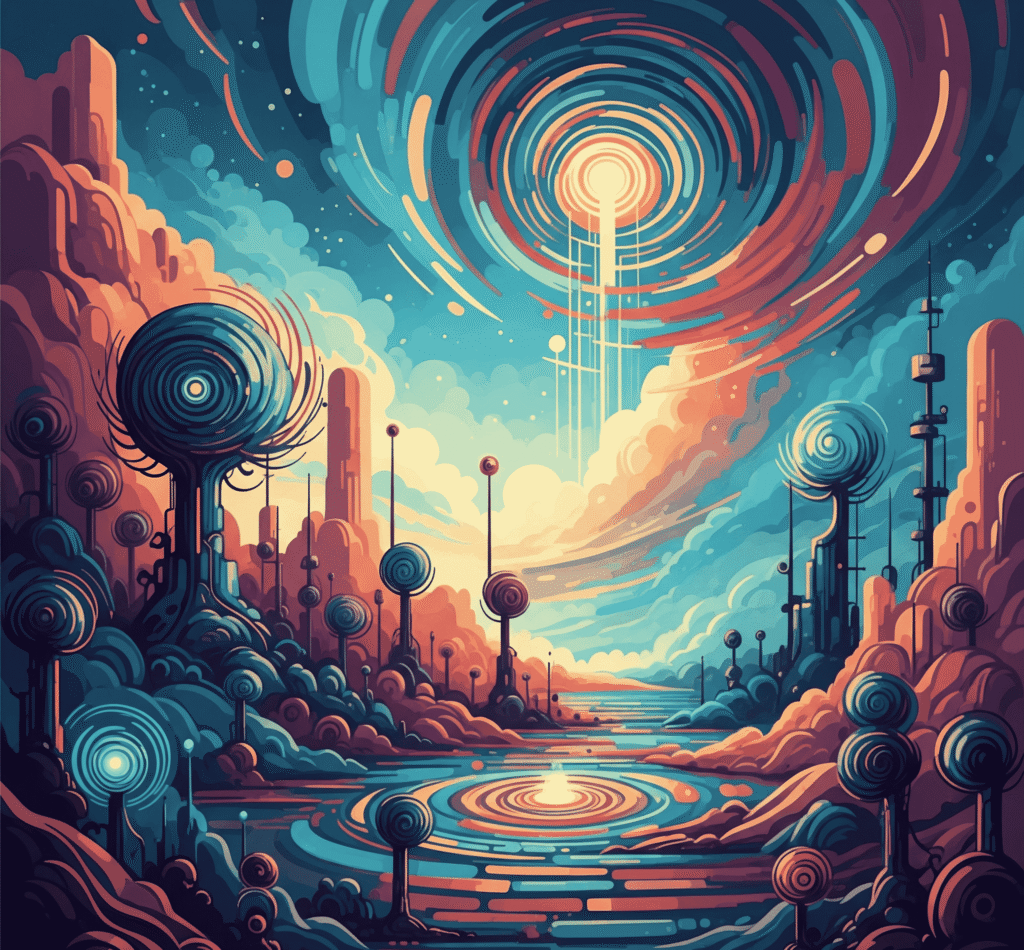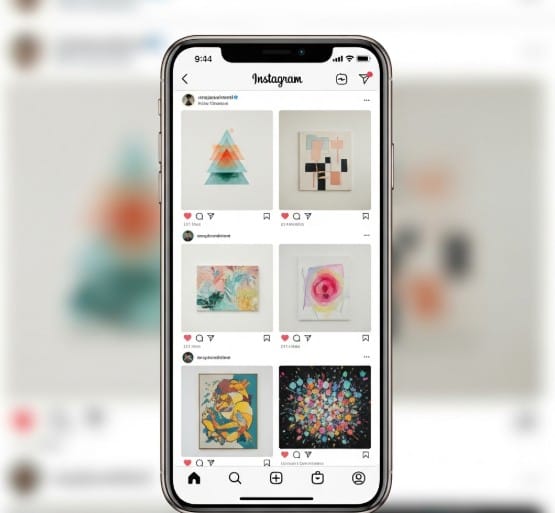How 3D Printing is Revolutionizing the Art Industry
Introduction
Art has always embraced innovation, from the invention of oil paints in the Renaissance to the digital canvases of modern times. But few technological advancements have disrupted and redefined artistic creation quite like 3D printing. This cutting-edge technology is not only changing how artists create but also transforming how we perceive, purchase, and interact with art. As we explore the vast potential of 3D printing in art, we’ll uncover how it is expanding creative possibilities, democratizing production, and influencing the future of art collection and appreciation.
The Basics of 3D Printing in Art
At its core, 3D printing—or additive manufacturing—involves building a physical object layer by layer from a digital design. For artists, this means transforming digital models into tangible sculptures, installations, or even functional design pieces. Unlike traditional sculpting, which removes material, 3D printing adds material, often using plastics, resins, metals, or even biodegradable materials like corn-based PLA.
This shift from manual craftsmanship to algorithmic creation doesn’t replace the artist’s touch but rather augments it. Artists can now iterate complex geometries, customize textures, and generate detailed works that would be labor-intensive or physically impossible using traditional methods.

Breaking Creative Boundaries
One of the most revolutionary aspects of 3D printing in art is the creative freedom it offers. Artists are no longer limited by the constraints of chisels, brushes, or kilns. Intricate lattice structures, surrealist shapes, and mathematically impossible forms can now be brought to life with precision.
Take the works of artist Joshua Harker, for example. His 3D printed sculptures blend anatomical detail with lace-like complexity, defying conventional manufacturing. Without 3D printing, many of his creations would remain confined to imagination.
Digital tools like Blender, Rhino, and ZBrush have become the new sketchpads. Once the design is ready, artists can produce a prototype, revise it, and print the final version—all within a controlled, iterative process.
Bridging the Gap Between Digital and Physical Worlds
3D printing acts as a powerful bridge between the digital and physical realms. Digital art, which once existed only on screens or in NFTs, can now be manifested into physical objects. This fusion blurs the boundaries of art genres and encourages hybrid forms.
For instance, a digital artwork originally created in VR or AR can be exported and 3D printed into a sculpture, giving collectors a physical piece of the digital experience. Artists working with augmented reality can print pieces that act as interactive triggers, further blending physical form and digital storytelling.
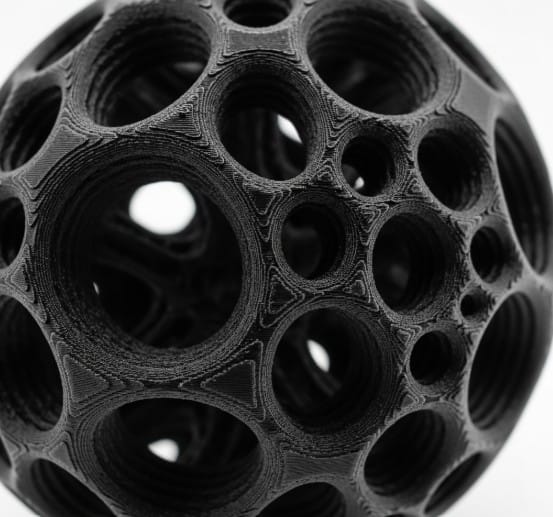
Customization and Collaboration
The customizability of 3D printing is pushing the boundaries of collaboration. Artists can co-create with AI, algorithmic generators, or even their audience. Installations can be built from feedback loops or data inputs, resulting in unique sculptures influenced by real-world data or viewer interaction.
One notable example is artist Anouk Wipprecht, who combines robotics, fashion, and 3D printing to produce wearable art that reacts to its environment. Her works are interactive, futuristic, and deeply personal—each piece uniquely tailored to its user.
Artists are also collaborating with architects, scientists, and engineers to create bio-art, kinetic structures, and parametric sculptures. This multidisciplinary approach would be nearly impossible without the precision and flexibility of 3D printing.
Sustainability and Eco-Friendly Innovations
Sustainability is a growing concern in the art world. Traditional sculpting materials like stone and bronze come with a heavy environmental footprint. In contrast, 3D printing allows for the use of recycled materials and biodegradable plastics. Moreover, additive manufacturing results in minimal waste since it only uses the exact amount of material required.
Some artists are even repurposing ocean plastic or industrial waste into 3D printable filament, transforming pollution into artistic expression. This approach not only promotes eco-consciousness but also raises awareness about environmental issues through art.
Additionally, 3D printing enables local production, reducing the carbon footprint associated with shipping and material sourcing.
Democratizing Art Creation
One of the most profound impacts of 3D printing in art is its ability to democratize creation. Once considered the realm of elite artists or institutions, sculpture and installation art can now be produced by anyone with access to a 3D printer and design software.
Open-source platforms like Thingiverse and MyMiniFactory allow creators to share their designs with a global audience. Budding artists can download templates, modify them, and experiment without needing expensive materials or tools.
This democratization extends to marginalized voices as well. Artists from remote or underserved regions can access global audiences, collaborate across borders, and bring their visions to life with minimal resources.
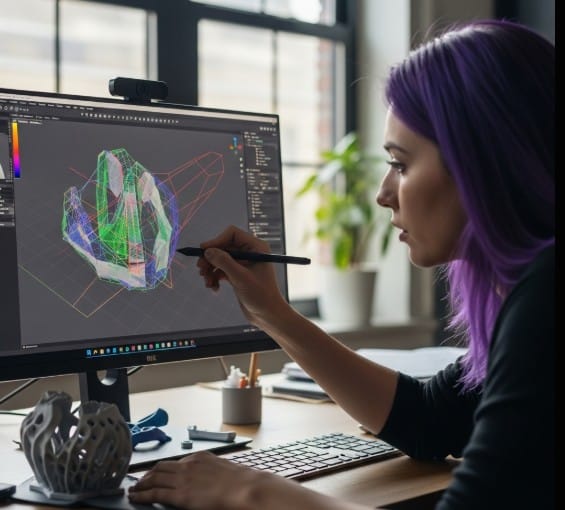
Transforming the Art Market
3D printing is also reshaping the economics of the art world. Limited-edition sculptures can be printed on demand, eliminating storage costs and reducing risk for galleries and artists alike. Collectors can commission customized pieces, and digital art marketplaces can expand their offerings beyond virtual ownership.
Moreover, 3D printed replicas can be used for educational purposes, exhibitions, or public installations. Museums like the British Museum and Smithsonian are already 3D scanning and printing artifacts to improve accessibility and preservation efforts. This not only democratizes cultural heritage but also opens up new revenue streams.
For art businesses like ISKUSS, which operate internationally, 3D printing offers a potential future where premium works can be locally printed near the customer—reducing shipping times and costs while ensuring consistency and quality.
Preservation and Restoration of Art
In art conservation, 3D printing has emerged as a powerful tool. Fragile sculptures can be replicated for study without risking damage. Missing parts of a historical artifact can be reconstructed digitally and printed to restore the original structure.
In 2016, researchers restored the destroyed Arch of Palmyra in Syria using 3D printing and digital scanning. The replica was installed in London’s Trafalgar Square and later in other cities, showcasing how technology can preserve lost heritage.
Artists can now digitize their entire portfolio for future restoration, creating a robust backup system that ensures their legacy survives time and catastrophe.
Educational Impact
Art education is evolving, and 3D printing is at the forefront. Schools, universities, and community art centers are adopting 3D printing labs to teach students about design, technology, and creativity. Learners can prototype ideas rapidly, test form and function, and explore new aesthetics without fearing waste.
This hands-on approach empowers students to engage with tactile learning and digital design simultaneously, preparing them for careers in creative industries, architecture, and product design.
It also inspires cross-disciplinary thinking—encouraging the fusion of STEM and art, sometimes called STEAM (Science, Technology, Engineering, Art, and Math).
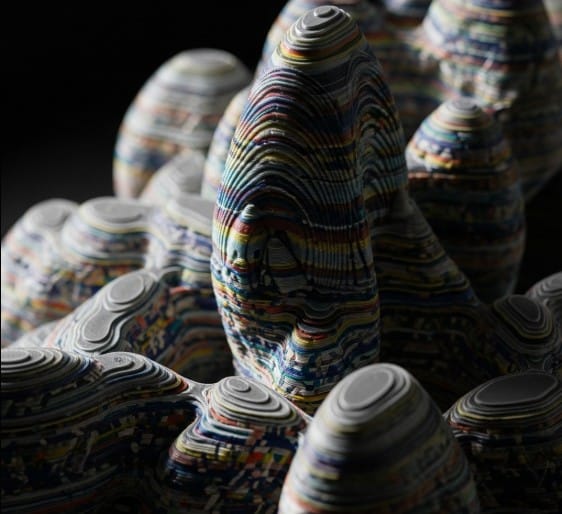
Challenges and Considerations
Despite its benefits, 3D printing in art isn’t without challenges. The technology can be cost-prohibitive for some artists, especially those in developing regions. High-end printers capable of producing museum-quality works are expensive, and materials can be inconsistent in quality.
There’s also a philosophical debate around authorship and originality. If a design can be replicated endlessly, how do we define a “unique” artwork? Are we risking the commodification of creativity?
Moreover, questions around copyright, open-source sharing, and artistic integrity will continue to evolve as the technology becomes more widespread.
What the Future Holds
The future of 3D printing in art is vast and promising. As materials improve, prices drop, and AI integrates deeper into design processes, we can expect even more innovative breakthroughs.
Artists may soon print with living cells to create bio-art, use nanotechnology for dynamic sculptures, or collaborate with AI that evolves with the artwork. Blockchain and 3D printing could merge to certify ownership and provenance for limited-edition sculptures, adding a new layer of trust in art sales.
Curation methods will evolve too. Art shows might include digital-to-physical displays where viewers can interact with a design and have it printed in real-time or shipped later.
The convergence of art, science, and technology will only accelerate, making 3D printing not a niche trend but a defining force in contemporary and future art.
Conclusion
3D printing in art is more than a tool—it’s a transformation. From breaking creative boundaries and fostering sustainability to democratizing art and revolutionizing curation, this technology is reshaping the industry from the inside out. Artists, collectors, and curators alike must embrace its potential to stay ahead in a world where digital meets tangible.
At ISKUSS, we honor innovation rooted in culture. While our offerings center on traditional and contemporary expressions, we keep a keen eye on technological trends like 3D printing that shape the global art narrative. Explore our collection and witness how heritage and progress coexist harmoniously.
Visit ISKUSS to explore timeless artworks that blend culture and innovation.
For deeper insights into the intersection of 3D printing and fine arts, visit 3D Printing Industry – a global resource on additive manufacturing in design and art.
